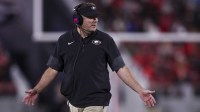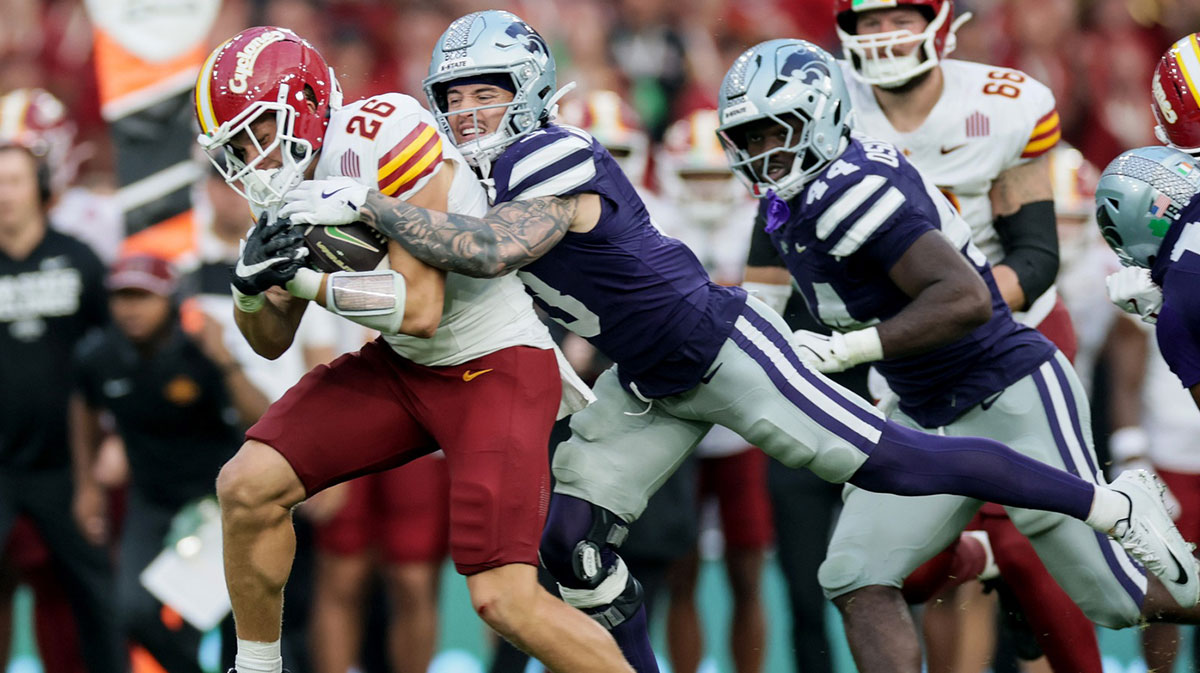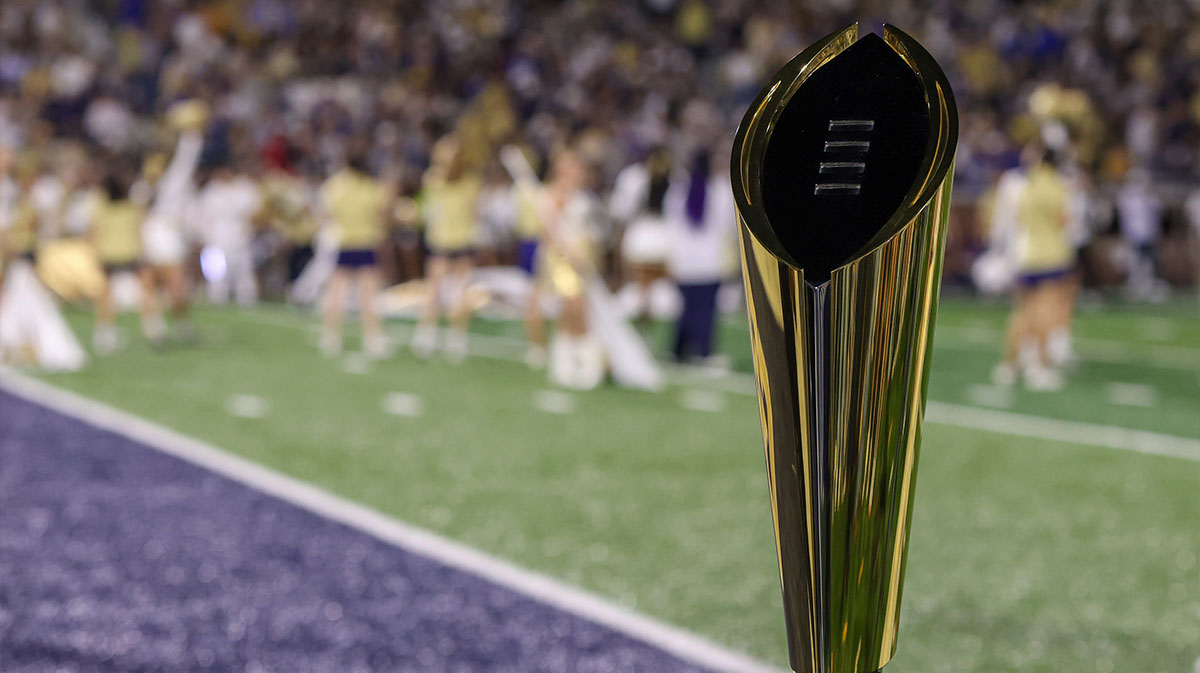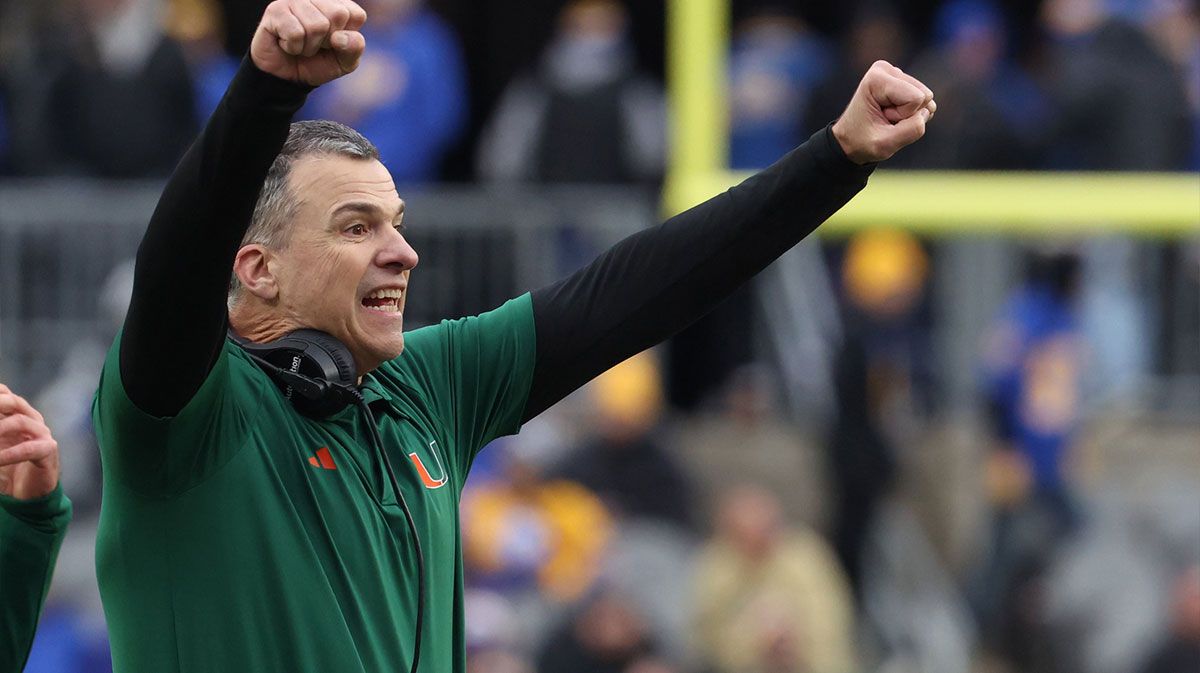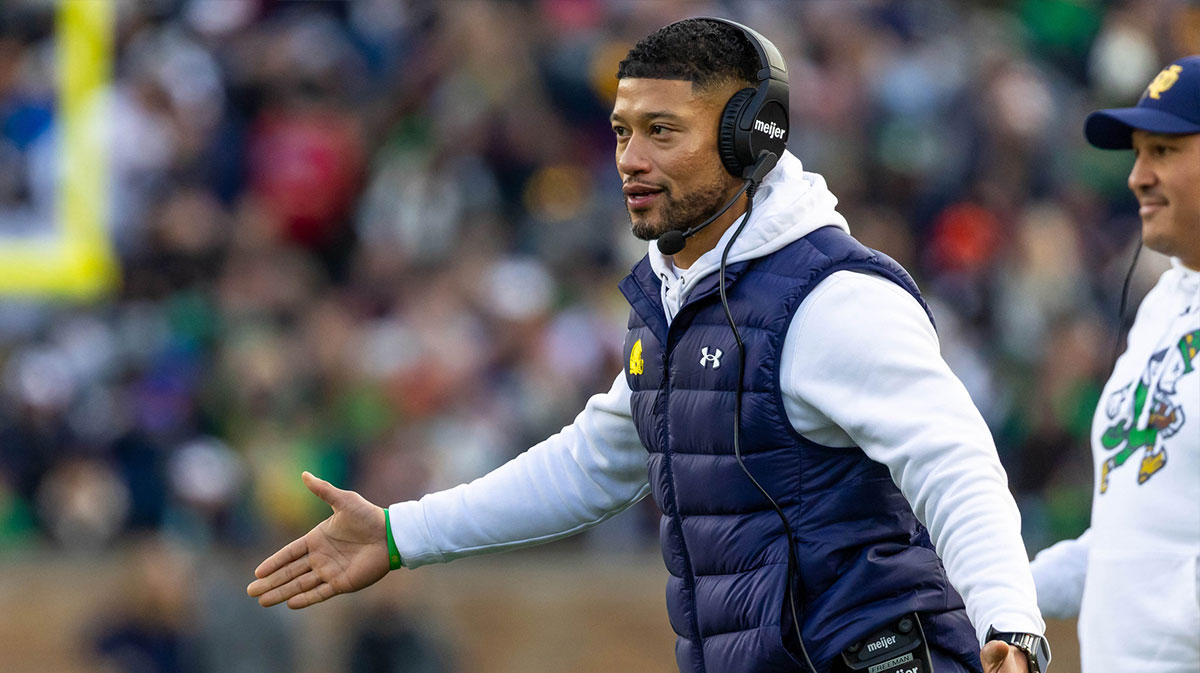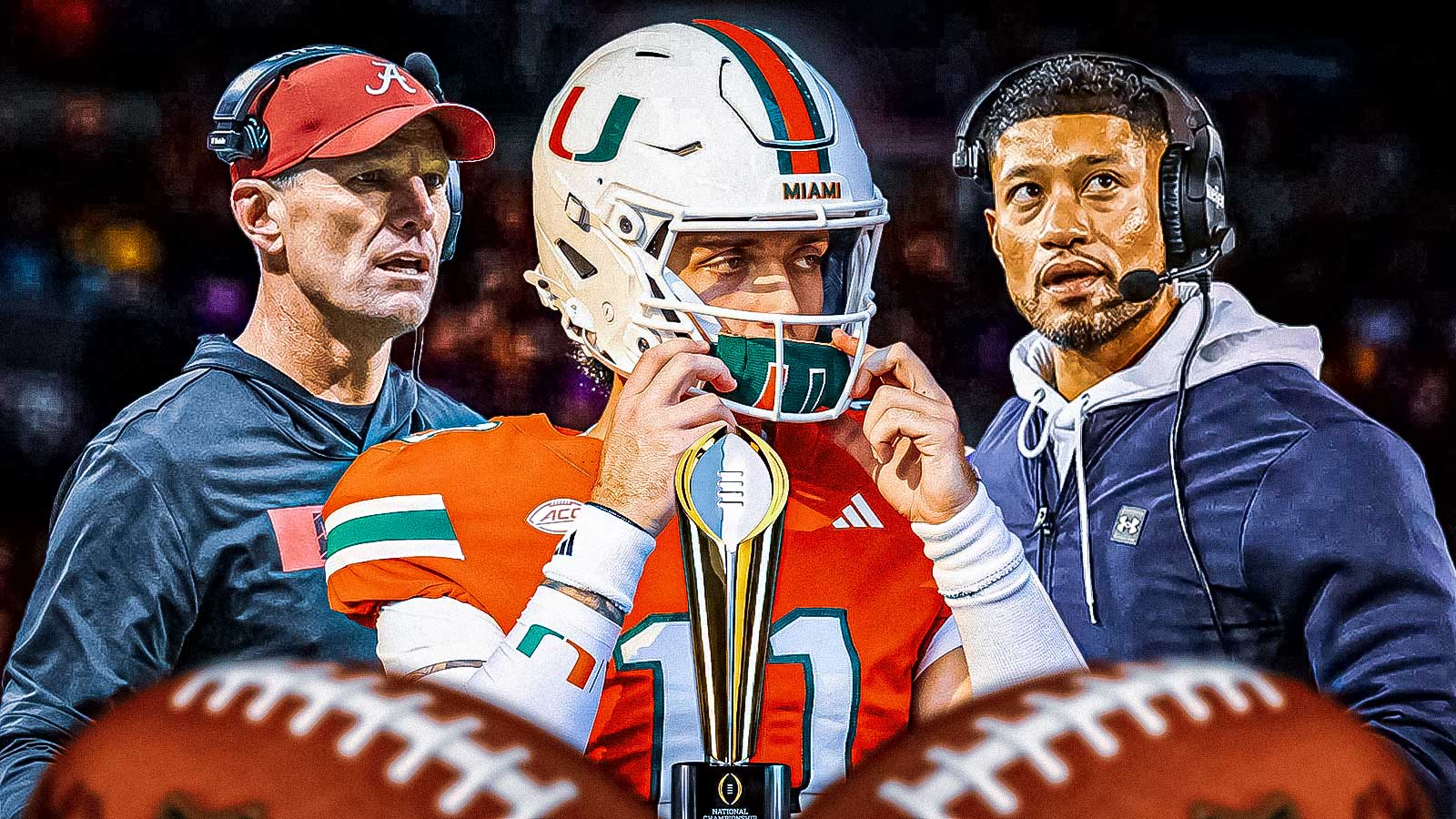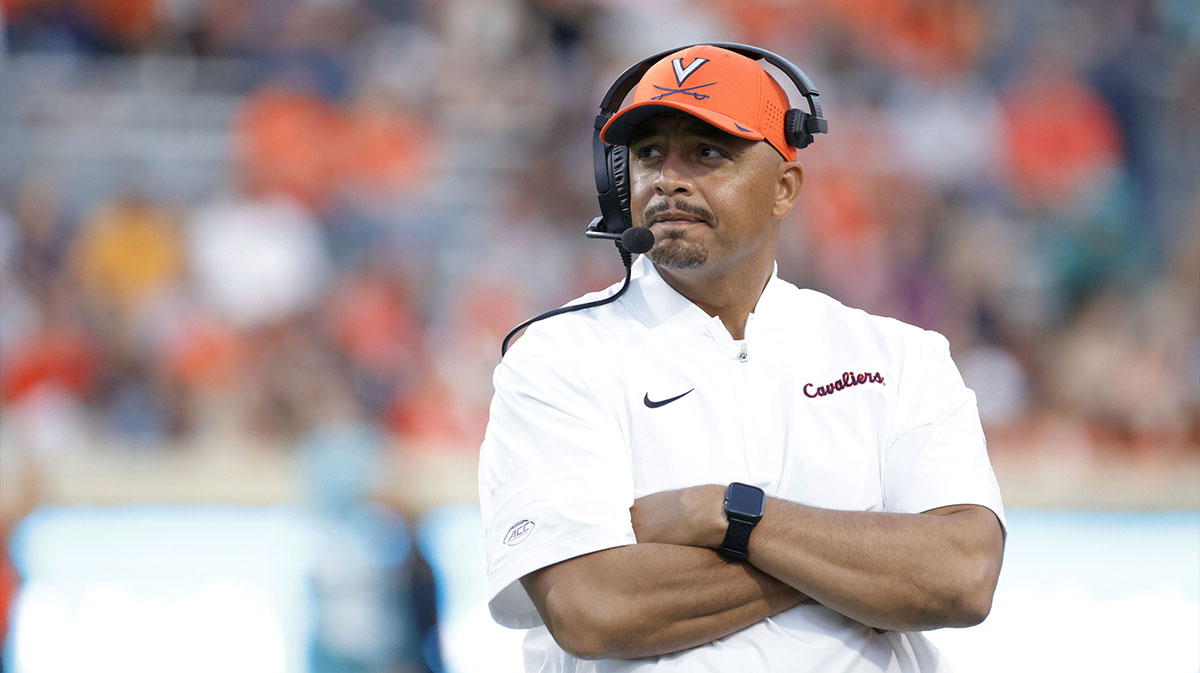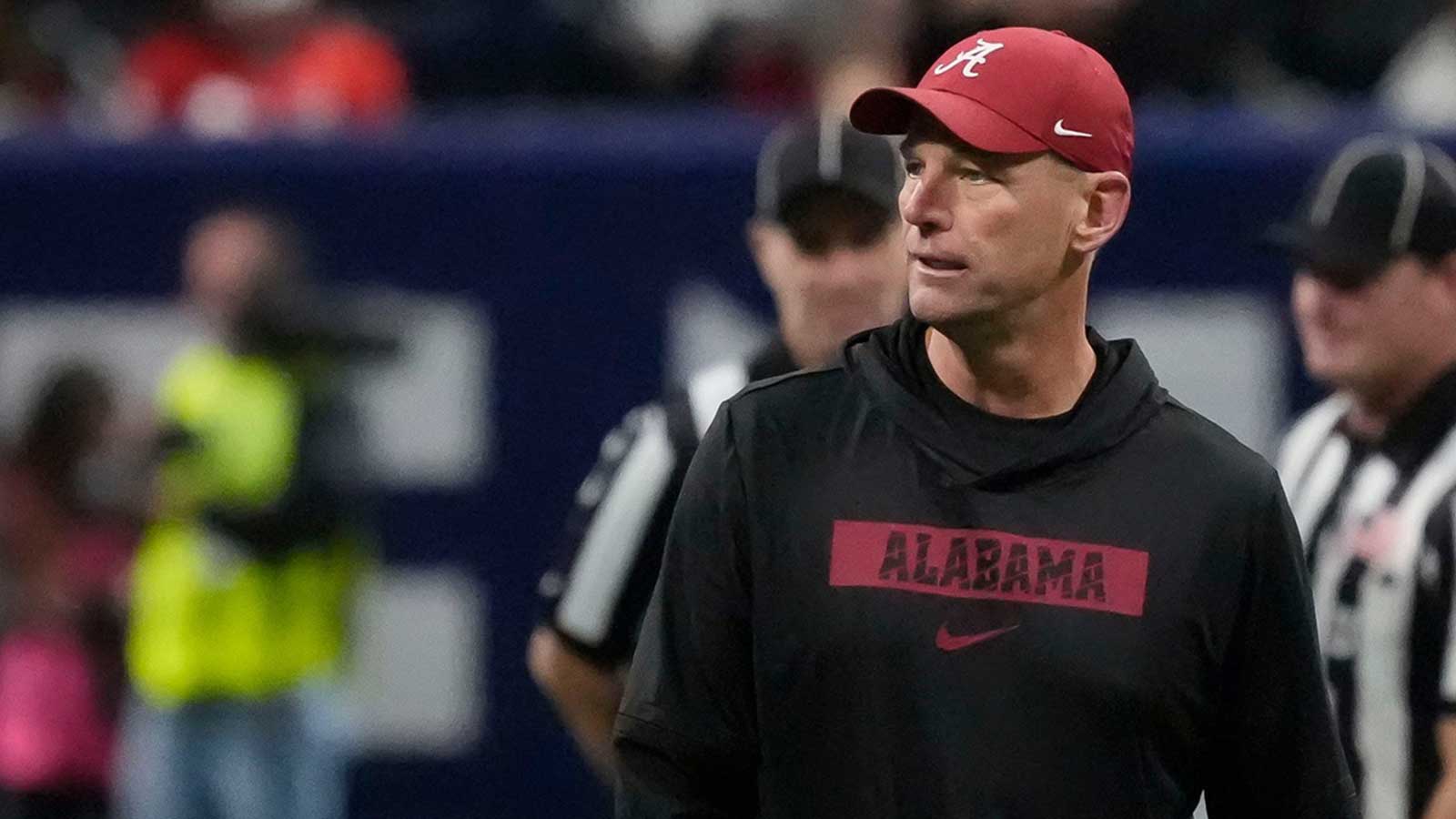The LSU Tigers’ latest loss was a gut punch that reverberated across Baton Rouge. What started as a Saturday night opportunity to reassert their status as an SEC contender turned into a second-half implosion of historic proportions. The No. 3 Texas A&M Aggies stormed into Death Valley and handed LSU a lopsided defeat. It's a game that will be remembered for how completely the Tigers fell apart after halftime.
This was no ordinary stumble. It was an unraveling and a symbolic collapse of a team that once looked poised for something special.
LSU’s promising start turns into a nightmare

The LSU Tigers football program experienced a challenging and disappointing start to the 2025 season, falling short of lofty preseason expectations under head coach Brian Kelly. After a promising 4–0 start, the team suffered a decisive road loss to Ole Miss, followed by an even more significant upset defeat against Vanderbilt. This culminated in a devastating 49–25 Week 9 home loss to No. 3 Texas A&M.
The loss was the first in Death Valley to the Aggies since 1994. It essentially eliminated LSU from College Football Playoff contention and amplified calls for Kelly’s job.
Sure, there were moments of offensive success, particularly in the first half. The Tigers’ inability to sustain momentum, though, has become the defining trait of their 2025 season. Texas A&M imposed its will after intermission. The Aggies outscored the Tigers, 35–7, in the second half. Added to last year’s collapse, the Aggies have now outscored LSU 66–13 in consecutive second halves.
Here we will look at and discuss the LSU Tigers most to blame for crippling their epic second-half collapse against the Texas A&M Aggies.
Coaching and game management at the center of criticism
When a team disintegrates after halftime, responsibility begins and ends with the coaching staff. Brian Kelly is facing the harshest scrutiny of his LSU tenure. What began as a carefully built roster and a top-10 recruiting class has devolved into inconsistency and disarray.
Kelly’s in-game management during the Texas A&M debacle was baffling. Note that the Tigers blew an 18–14 halftime lead. Kelly's sideline confrontation with offensive coordinator Joe Sloan all but symbolized the growing dysfunction. Instead of rallying his team, Kelly appeared frustrated and disconnected. Meanwhile, Sloan’s play-calling became painfully predictable.
The offensive approach in the second half abandoned creativity and leaned heavily on screen passes and short-yardage attempts. Texas A&M easily snuffed these out. LSU gained just 14 total yards in the third quarter. That stagnation was inexcusable.
Kelly’s postgame words rang hollow: “We need to execute better.” However, after two straight second-half collapses, the issue isn’t execution. It’s more of direction.
Offensive line meltdown dooms any chance of recovery
Even the most creative play-calling couldn’t overcome the disaster unfolding in the trenches. LSU’s offensive line imploded under Texas A&M’s relentless pressure. Quarterback Garrett Nussmeier was sacked seven times and hit countless more. He never settled into a rhythm.
The Tigers finished with a new of just 60 rushing yards on 27 carries. The Aggies just completely neutralized the pocket. Freshman Harlem Berry provided the lone highlight. He tallied 59 rushing yards and a touchdown despite minimal space to operate.
Meanwhile, other veterans struggled to find open lanes as LSU’s blocking schemes broke down repeatedly. The offensive line’s failure not only stunted the run game. It also left Nussmeier rattled, forcing errant throws and killing drives before they began.
Defensive collapse and mental breakdowns seal LSU’s fate
The defense told a similar story. They were strong in the first half but shattered in the second. LSU’s front six kept Texas A&M quarterback Marcel Reed in check early. However, once the third quarter began, Reed and Aggies running back Jamarion Morrow ran wild.
Morrow gashed LSU repeatedly with cutbacks and misdirection runs. He exposed poor tackling angles and discipline. Reed, meanwhile, used his mobility to extend plays and demoralize the secondary. The defense’s effort crumbled as communication broke down. Missed assignments led to wide-open touchdowns. Texas A&M’s tempo and physicality turned the game into a rout, and the once-proud LSU defense folded.
Special teams miscues add insult to injury
No meltdown feels complete without special teams errors. LSU football obliged. Early in the third quarter, Aggies return man KC Concepcion broke free for a 67-yard punt return touchdown that flipped the game’s momentum completely. What had been a four-point LSU advantage became the start of a Texas A&M avalanche.
That moment epitomized the night. LSU football showed poor containment, communication, and preparation. Special teams coach Brian Polian has faced criticism before. However, this one might sting the most.
Cracks in morale and a fading identity
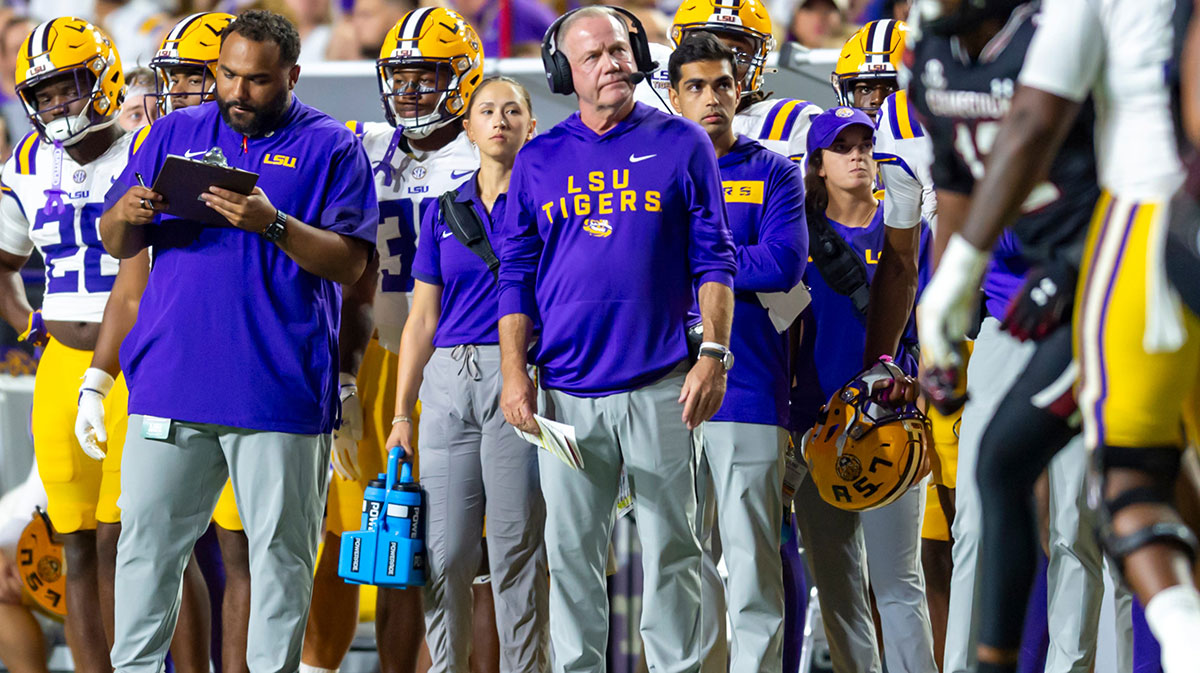
By the time the fourth quarter arrived, LSU football’s sideline told the story. Fans saw slumped shoulders, lowered heads, and absent leadership. The Tigers played with visible frustration and resignation.
That collapse of morale may be the most alarming takeaway of all. LSU didn’t just lose. They quit competing.
The team’s breakdown in discipline and emotional control reflected a disconnect between players and coaches and a loss of confidence in the system. Kelly’s challenge now is rebuilding belief in a locker room that has stopped trusting the plan.






